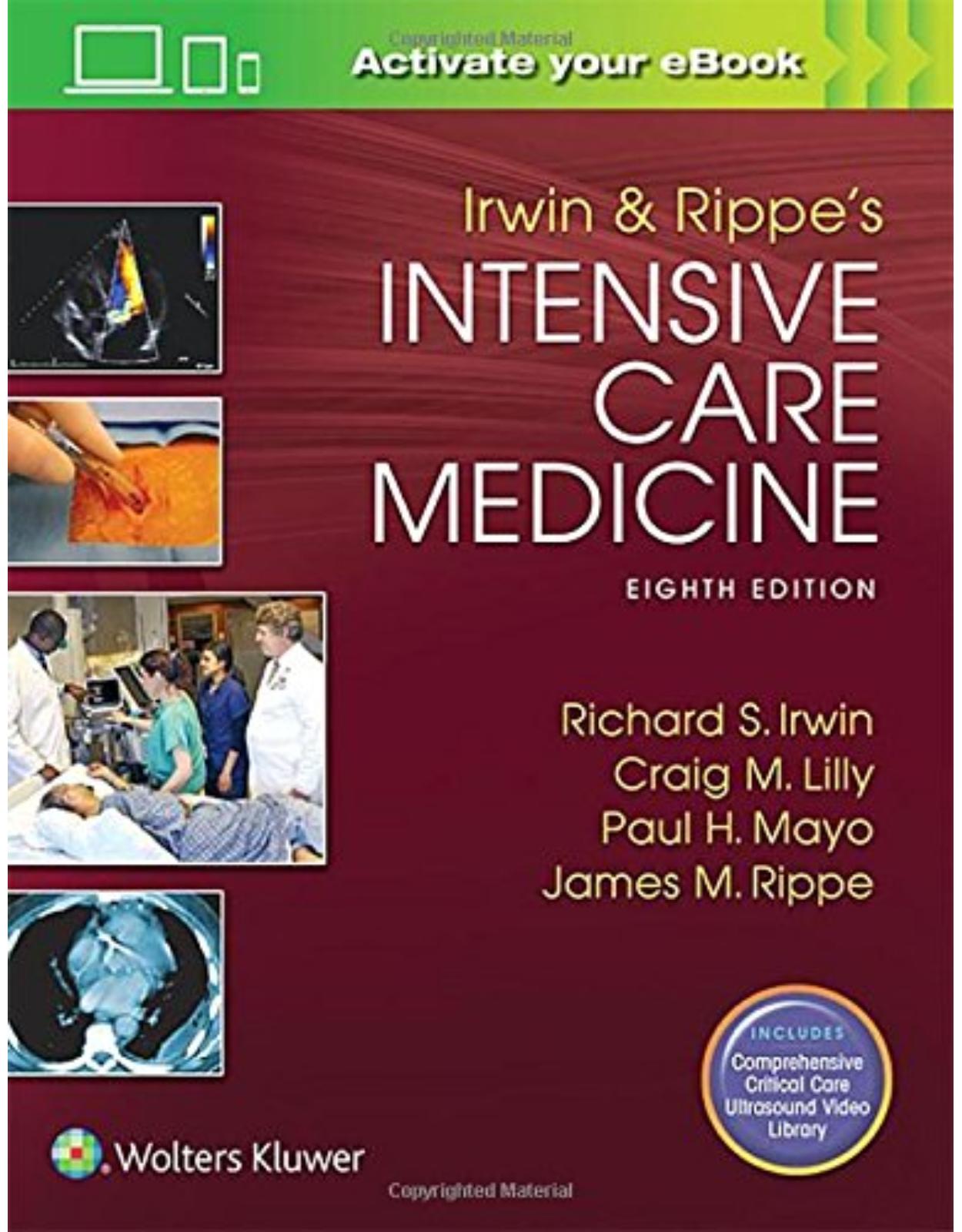
Irwin and Rippe's Intensive Care Medicine, 8e
Produs indisponibil momentan. Pentru comenzi va rugam trimiteti mail la adresa depozit2@prior.ro sau contactati-ne la numarul de telefon 021 210 89 28 Vedeti mai jos alte produse similare disponibile.
Disponibilitate: Acest produs nu este momentan in stoc
Editura: LWW
Limba: Engleza
Nr. pagini: 2336
Coperta: Hardback
Dimensiuni: 22.1 x 6.6 x 28.4 cm
An aparitie: 2018
Description:
With a focus on evidence-based, state-of-the-art information throughout, the eighth edition of Irwin and Rippe’s Intensive Care Medicine offers authoritative guidance to the wide variety of specialty physicians and non-physicians practicing in the adult intensive care environment. This comprehensive textbook covers both the theoretical and practical aspects of the field, and has been completely updated to provide encyclopedic, interprofessional coverage to support practitioners in every area of this complex field.
Table of Contents:
Section 1 Procedures, Techniques and Ultrasonography
Chapter 1 Point-of-Care Critical Care Ultrasonography
Competence
Conclusions
References
Chapter 2 Anesthesia for Bedside Procedures
Common Pain Management Problems in ICU Patients
Characteristics of Specific Agents used for Bedside Procedures
Neuromuscular Blocking Agents
Practical Considerations for TIVA
References
Chapter 3 Management of Pain in the Critically Ill
Introduction
Physiologic Effects of Acute Pain
Evaluation of Pain and Sedation in the ICU Patient
Formulation of a Treatment Plan
Medical Management of Pain for the ICU Patient
Opioid Side Effects
Opioids Administration Methods
Adjuvant Medications
Regional Analgesia Techniques
Influence of Pain Management on Complications, Outcomes, Length of Hospital Stay, and Chronic Pain
Conclusions
References
Chapter 4 Therapeutic Paralysis
Pharmacology of NMBAs
The Nicotinic Acetylcholine Receptor
Depolarizing Neuromuscular Blockers
Nondepolarizing NMBAs
Reversal Agents
Drug Interactions
Monitoring of NMBAs
Adverse Effects of Depolarizing and Nondepolarizing NMBAs in Critically Ill Patients
Intensive Care Unit–Acquired Weakness
Summary and Recommendations
References
Chapter 5 Cerebrospinal Fluid Aspiration
Cerebrospinal Fluid Access
Techniques of Cerebrospinal Fluid Access
Summary
References
Chapter 6 Central Venous Catheters
Indications and Site Selection
General Considerations
Routes of Central Venous Cannulation
Acknowledgments
References
Chapter 7 Arterial Line Placement and Care
Indications for Arterial Cannulation
Equipment, Monitoring, Techniques, and Sources of Error
Technique of Arterial Cannulation
Complications of Arterial Cannulation
Recommendations
Acknowledgments
References
Chapter 8 Airway Management and Endotracheal Intubation
Anatomy
Emergency Airway Management
Indications for Intubation
Equipment for Intubation
Anesthesia Before Intubation
Techniques of Intubation
Complications of Endotracheal Intubation
Extubation
References
Chapter 9 Tracheostomy
Indications
Contraindications
Timing of Tracheostomy
Procedures
Tracheostomy Procedures in the Intensive Care Unit
Tubes and Cannulas
Postoperative Care
Complications
Conclusions
References
Chapter 10 Bronchoscopy
General Considerations
Common Diagnostic Indications
Therapeutic Indications
Complications
Contraindications
Procedure
Acknowledgments
References
Chapter 11 Lung Ultrasonography
Introduction
Basic Principles of LUS
Machine Requirements
Performance of LUS
Imaging Patterns in LUS
Main LUS Patterns
Normal Anatomy
Findings of LUS
Pattern Analysis of LUS
Clinical Applications of LUS
References
Chapter 12 Thoracentesis
Indications
Contraindications
Complications
Procedures
Interpretation of Pleural Fluid Analysis
References
Chapter 13 Chest Tube Insertion and Care
Pleural Anatomy and Physiology
Chest Tube Placement
Contraindications
Technique
Complications
Chest Tube Management and Care
Chest Tube Removal
Related Systems
Acknowledgments
References
Chapter 14 Cardiopulmonary Resuscitation
Introduction
Efficacy
Experimental and Alternative Techniques of CPR
Infectious Diseases and CPR
Standard Procedures and Team Effort
Basic Life Support for Adults with an Unobstructed Airway
Pediatric Resuscitation
Obstructed Airway
Advanced Cardiac Life Support in Adults
Drug Therapy
Clinical Settings
References
Chapter 15 Cardioversion and Defibrillation
Physiology of Arrhythmia and Shock
Indications and Contraindications
Clinical Competence
References
Chapter 16 Critical Care Echocardiography
Introduction
Basic Critical Care Echocardiography
References
Chapter 17 Pericardiocentesis
Indications for Pericardiocentesis
Anatomy
Procedure
Short-Term and Long-Term Management
Summary
References
Chapter 18 Temporary Cardiac Pacing
Indications for Temporary Cardiac Pacing
Diagnosis of Rapid Rhythms
Acute Myocardial Infarction
Equipment Available for Temporary Pacing
Choice of Pacing Mode
Procedure to Establish Temporary Pacing
Complications of Temporary Pacing
References
Chapter 19 Pulmonary Artery Catheters
Physiologic Rationale for use of Pulmonary Artery Catheter
Controversies Regarding use of Pulmonary Artery Catheter
Indications for use of Pulmonary Artery Catheter
Catheter Features and Construction
Insertion Techniques
Physiologic Data
Clinical Applications of the Pulmonary Artery Catheter
Complications
Guidelines for Safe use of Pulmonary Artery Catheters
Summary
References
Chapter 20 Gastrointestinal Endoscopy
Patient Selection
Preprocedural Care
Intraprocedural Care
Post-Procedural Care
Future Directions
References
Chapter 21 Endoscopic Placement of Feeding Tubes
Indications for Enteral Feeding
Access to the Gastrointestinal Tract
Techniques
Surgical Procedures
Delivering the Tube-Feeding Formula
Medications
Complications
References
Chapter 22 Gastroesophageal Balloon Tamponade for Acute Variceal Hemorrhage
Historical Development
Role of Balloon Tamponade for the Management of Bleeding Esophageal Varices
Indications and Contraindications
Technical and Practical Considerations
Complications
References
Chapter 23 Paracentesis and Diagnostic Peritoneal Lavage
Abdominal Paracentesis
Diagnostic Peritoneal Lavage
References
Chapter 24 Interventional Radiology: Percutaneous Drainage Techniques
General Aims
Diagnostic Imaging
Indications
Contraindications
Risks, Benefits, and Alternatives
Preprocedure Preparation
Anesthesia and Monitoring
Therapeutic Catheter Drainage
Procedure
References
Chapter 25 Percutaneous Suprapubic Cystostomy
Urethral Catheterization
Suprapubic Catheter Care
Complications
Utility of Ultrasonography for Percutaneous Cystostomy and Urethral Catheterization
References
Chapter 26 Aspiration of the Knee and Synovial Fluid Analysis
Indications
Contraindications
Complications
Technique
Utility of Ultrasonography for Knee Joint Aspiration
Synovial Fluid Analysis
Gross Examination
Cell Count and Differential
Crystals
Gram Stain and Culture
References
Section 2 Minimally Invasive Monitoring
Chapter 27 Routine Monitoring of Critically Ill Patients
Monitoring Systems
Temperature Monitoring
Arterial Blood Pressure Monitoring
Electrocardiographic Monitoring
Respiratory Monitoring
Noninvasive Tissue Perfusion Monitoring
References
Chapter 28 Minimally Invasive Hemodynamic Monitoring
Introduction
Cardiac Output
Future Directions
Oxygen Delivery and Tissue Perfusion
Practice Recommendations
Future Directions
References
Chapter 29 Echocardiography as a Monitor in the ICU
Introduction
Limitations of Hemodynamic Monitors
Echocardiography as a Hemodynamic Monitor
Comparison Between Transthoracic Echocardiography and Transesophageal Echocardiography in the ICU
Cardiac Output
Fluid Management
Pulmonary Embolism
Pericardial Tamponade
Pump Failure
Conclusion
References
Chapter 30 Respiratory Monitoring During Mechanical Ventilation
Gas Exchange
Respiratory Mechanics
Patient Ventilator Interaction
Summary
References
Chapter 31 Neurologic Multimodal Monitoring
Goals of Brain Monitoring
Cerebral Ischemia and Blood Flow
Techniques of Neurologic Monitoring
Multimodal Monitoring Strategies
References
Chapter 32 Telemedicine and Critical Care Delivery
New Forms of Electronic Support for Critical Care Professionals
Technologic Solutions
Data and Outcomes
Summary
References
Section 3 Palliative Care and Ethical Issues in the Critical Care Unit
Chapter 33 Integrating Palliative Care in the Intensive Care Unit
Exploring Models of Palliative Care Delivery
Triggering Palliative Care in the ICU
Recognizing and Addressing Barriers to Palliative Care in the ICU
Palliative Care Quality Improvement
Guiding Successful Integration of Palliative Care in the ICU
References
Chapter 34 Effective Communication and Ethical Decision-Making in the ICU
Family Meetings and GOC Discussions
References
Chapter 35 Managing Symptoms in Critically Ill Patients
Pain Management in Palliative Care
General Principles
Pearls for Clinical Practice
Management of Dyspnea
Interventions of Unknown Efficacy
Gastrointestinal Symptoms: Constipation, Nausea, and Vomiting
Psychiatric Symptoms: Delirium, Anxiety, and Depression
References
Chapter 36 Being with Suffering: Addressing Existential and Spiritual Distress
Introduction
Definitions
Religious Traditions at the End of Life
Impact of Religiosity on End-of-Life Decisions
Diagnosis of Existential Suffering and Loss of Personhood
Addressing Existential and Spiritual Distress: Use of an Interdisciplinary Team
Hope and Resiliency—Restoration of Personhood
Impact of Medical Decisions on Grief and Bereavement
Self-Care and Avoiding Burnout
Summary
References
Section 4 Shock and Trauma and Sepsis Management
Chapter 37 Resuscitation from Shock Following Hemorrhage
Introduction
Physiologic Responses to Hemorrhage
Shock Recognition
Hemorrhage Control
History of Hemorrhagic Shock Resuscitation
Initial Resuscitation
Ongoing Resuscitation
Summary
References
Chapter 38 Trauma Systems
Introduction
Background
Definitions
History
Verification and Designation
Quality of Care
Disaster Management
Rural Trauma
References
Chapter 39 The Management of Sepsis
Definitions
Pathogens and Sites of Infection
Pathophysiology of Sepsis
Complications Associated with Sepsis
Clinical Features and Diagnosis of Sepsis
Management of Sepsis
Conclusions
References
Chapter 40 Multiple Organ Dysfunction Syndrome
Diagnostic Criteria and Scoring Systems
Epidemiology
Etiology
Mechanisms of Multiorgan Dysfunction Syndrome
Current Management Strategies
Prognosis and ICU Length of Stay
Conclusions
References
Chapter 41 Traumatic Brain Injury
Trauma Bay and Initial Critical Care
References
Chapter 42 Spinal Cord Trauma
Introduction
Anatomy
Classification of Injury and Assessment of Spinal Stability
Treatment
References
Chapter 43 Thoracic and Cardiac Trauma
Introduction
Indications for Urgent Surgical Intervention
Diagnostics
Specific Injuries
Utility of Ultrasonography for Evaluation of Thoracic and Cardiac Trauma
Summary
References
Chapter 44 Critical Care of the Patient with Abdominal Trauma
ICU Admission
Nonoperative Management
Blunt Trauma
Penetrating Injury
Missed Injuries
Abdominal Compartment Syndrome
Damage Control Resuscitation
Summary
References
Chapter 45 Orthopedic Injury
Epidemiology
Open Fractures
Pelvic Fractures
Long-Bone Fractures
Compartment Syndromes
Other Sequelae of Orthopedic Trauma
References
Suggested Readings
Chapter 46 Burn Management
Definition and General Considerations
Burn Shock
Cardiovascular Response
Inhalational Injury
Metabolic and Nutritional Considerations
Burn Wound Sepsis
Surgical Considerations
Specific Injuries
Psychiatric and Analgesic Considerations
References
Section 5 Surgical Problems in the Intensive Care Unit
Chapter 47 Surgeon and Intensivist Collaboration in the Care of the ICU Patient
Definition of ICU Models and Levels of Care
Communication Among ICU Team Members
Methods for Achieving and Maintaining ICU Team Consensus
Summary
References
Chapter 48 Surgical Infections in the Intensive Care Unit
Introduction
Pathogenesis
Pathogens
Diagnosis
Therapy
Prognosis
References
Chapter 49 Care of the Patient with Necrotizing Fasciitis
Introduction
Epidemiology and Risk Factors
Etiologies
Pathophysiology
Classifications
Signs and Symptoms
Diagnostics
Laboratories
Treatment
Conclusions
References
Chapter 50 The ICU Management of Patients Undergoing Major Surgery for Gastrointestinal Cancers
Pancreatic Resection
Esophageal Resection
Gastric Resection
Colorectal Resection
References
Chapter 51 The ICU Approach to the Acute Abdomen
Epidemiology
History
Physical
Imaging
Specific Causes of Abdominal Pain
Special Populations
Management
Conclusions
References
Chapter 52 Abdominal Compartment Syndrome
Introduction
Incidence
Measurement of Intraabdominal Pressure
Physiology
Abdominal Compartment Syndrome
Treatment Options
Prevention
Conclusions
References
Chapter 53 Management of the Obstetrical Patient in the Intensive Care Setting
Maternal Physiologic Adaptations to Pregnancy
Diagnostic Radiation Exposure
Medications and Pregnancy
Specific Pregnancy Disorders
References
Chapter 54 Acute Limb Ischemia in the ICU Population
Introduction
Etiology
Evaluation and Diagnosis of Acute Limb Ischemia in the ICU Population
Treatment of Acute Limb Ischemia in the ICU Population
Open Surgical Revascularization
Endovascular Angiography and Thrombolysis
Postoperative Care
Management of Ischemia–Reperfusion Injury and Rhabdomyolsis
Compartment Syndrome
Upper Extremity Acute Limb Ischemia
Recommendations
References
Chapter 55 Palliative Surgery in the Intensive Care Unit
Current Status of Palliative Surgery
Management of Common Palliative Surgery Consultations
Benefits of Early Palliative Care Consults
Conclusions
References
Section 6 Transplantation
Chapter 56 Management of the Organ Donor
Donor Classification Based on the Criteria used for Determination of Death
Current Status of Solid Organ Transplantation
Current Status of Organ Donation
Other Options to Increase Organ Availability
Regulation and Organization of Organ Procurement and Allocation
Legal Aspects of Organ Donation and Brain Death
Organ Donation Process
Perioperative Critical Care of the Brain-Dead Organ Donor
Perioperative Critical Care of the DCD Organ Donor
References
Chapter 57 Critical Care Problems in Kidney Recipients
Introduction
Pretransplant Evaluation
Perioperative Care
Critical Evaluation of Dysfunctional Grafts
Nonrenal Posttransplantation Complications
Current Challenges in Kidney Transplantation
References
Chapter 58 Critical Care of Liver Transplant Recipients and Live Liver Donors
Introduction
Organ Allocation and Disparity
Causes of Liver Failure and Liver Transplant Candidate Selection
Intraoperative Management
Postoperative Management
Posttransplant Surgical Complications
Posttransplant Medical Complications
Care of the Living Liver Donor
Summary
Acknowledgment
References
Chapter 59 Critical Care of the Lung Transplant Recipient
Indications
Guidelines for Recipient Selection
Donor Allocation and Selection
Surgical Techniques
General Postoperative Management
Postoperative Problems
References
Chapter 60 Specific Critical Care Problems in Heart and Heart–Lung Transplant Recipients
Heart Transplantation
Heart–Lung Transplantation
Conclusion
References
Chapter 61 Care of the Pancreas Transplant Recipient
Pancreas Transplant Recipient Categories
Historical Perspectives, Evolution, and Improvements in Pancreas Transplants
Indications and Contraindications for Pancreas Transplants
Pretransplantation Evaluation
Cadaveric Donor Selection
Back-Table Preparation of the Donor Pancreas
Recipient Operation
Postoperative Care
Future Directions
References
Chapter 62 Critical Care of Intestinal Transplant Recipients
Introduction
Summary
References
Chapter 63 Immunosuppression in Solid-Organ Transplantation
Immunosuppressive Strategies
Pharmacologic Agents
Biologic Immunosuppression
Other Immunosuppressive Agents
Conclusions
Acknowledgment
References
Chapter 64 Hematopoietic Cell Transplantation
General Principles
Transplant-Related Complications
References
Chapter 65 Management of Graft-Versus-Host Disease, Infection, Malignancy, and Rejection in Transplant Recipients
Graft-Versus-Host Disease
Infections
Malignancy
Rejection
Summary
References
Section 7 Rheumatologic, Immunologic, and Dermatologic Diseases in the Intensive Care Unit
Chapter 66 Rheumatologic Diseases in the Intensive Care Unit
Acute Rheumatic Diseases in the Intensive Care Setting
Aspects of Rheumatic Diseases Complicating Intensive Care Procedures
Rheumatoid Arthritis
Systemic Lupus Erythematosus
Antiphospholipid Syndrome
Systemic Sclerosis
Idiopathic Inflammatory Myopathies
References
Chapter 67 Vasculitis in the Intensive Care Unit
Polyarteritis Nodosa
Microscopic Polyangiitis
Cryoglobulinemic Vasculitis
Drug-Induced Vasculitis
CNS Vasculitis
Other Vasculitides
Cholesterol Embolism
Treatment Strategies in Undifferentiated Rheumatic Diseases Presenting with Critical Illness and Relapse or Worsening Known Rheumatic Disease
References
Chapter 68 Therapeutics for Immune-Mediated Rheumatic Diseases
Nonsteroidal Anti-Inflammatory Drugs (NSAIDs)
Corticosteroid Therapy
Disease-Modifying Antirheumatic Drugs (DMARDs)
Biologic Modifiers
Small Molecule Inhibitors
Intravenous Immunoglobulin (IVIG)
Dmards, Biologics, and Pregnancy
Summary
References
Chapter 69 Anaphylaxis
Pathophysiology of Anaphylactic Reactions
Clinical and Laboratory Features
Diagnosis and Differential Diagnosis of Anaphylaxis
Clinical Course of Anaphylactic Reactions
Treatment of Anaphylaxis
Prevention of Anaphylactic Reactions
Management of Anaphylaxis to Specific Agents and Precipitants
References
Chapter 70 Dermatology in the Intensive Care Unit
Introduction
Drug Eruptions
Exfoliative Erythroderma
Infections
Blistering Diseases
Vascular Disorders
Connective Tissue Disorders
Dermatologic Issues Related to Bone Marrow Transplantation
Common Dermatologic Conditions Coexisting in ICU Patients
References
Section 8 Infectious Disease Problems in the Intensive Care Unit
Chapter 71 Approach to Fever in the ICU Patient
Approach to the Febrile Patient
Etiology of Fever in the Intensive Care Patient
Diagnostic Considerations
Treatment Considerations
References
Chapter 72 Prevention and Control of Healthcare-Acquired Infections in the Intensive Care Unit
Introduction
Epidemiology of Healthcare-Acquired ICU Infections
Microbiology of ICU Infections
Risk Factors
Preventive and Control Measures
Selected Healthcare-Acquired Pathogens
References
Chapter 73 Use of Antimicrobials in the Treatment of Infection in the Critically Ill Patient
Penicillins
Cephalosporins
Carbapenems
Aztreonam
Aminoglycosides
Fluoroquinolones
Vancomycin
Lipoglycopeptide
Therapy of Anaerobic Infections
Macrolides
Oxazolidinones
Therapy of Fungal Infections
Triazoles
Echinocandins
Therapy of Viral Infections
References
Chapter 74 Life-Threatening Community-Acquired Infections: Toxic Shock Syndrome, Meningococcemia, Overwhelming Postsplenectomy Infection, Malaria, Rocky Mountain Spotted Fever, and Others
Toxic Shock Syndromes
Meningococcemia
Overwhelming Postsplenectomy Infection
Malaria
Rocky Mountain Spotted Fever
Miscellaneous Infectious Diseases
References
Chapter 75 Acute Infection in the Immunocompromised Host
Immune Defects and Associated Organisms and Infections
Diagnostic Approach to Fever
Approach to Specific Infectious Disease Presentations
Prevention of Infection
References
Chapter 76 Intensive Care of Patients with HIV Infection
Reasons for Intensive Care Unit Admission
Pulmonary Disorders
Central Nervous System Disorders
Hepatic Disorders
Immune Reconstitution Disorders
Other Critical Illnesses
Toxic Effects of Antiretroviral Therapy
Management of Prophylactic and Antiretroviral Agents
Predictors of Outcome
Risk to Healthcare Workers and Postexposure Prophylaxis
Summary
References
Chapter 77 Infectious Complications of Drug Abuse
Fever
Bacteremia
Soft Tissue Infections
Peripheral Vascular Infections
Endocarditis
Skeletal Infections
Systemic Syndromes with Spore-Forming Bacteria
Human Immunodeficiency Virus Infection
Viral Hepatitis
Pulmonary Disease and Tuberculosis
Disseminated Candidiasis
Ocular Infections
Central Nervous System Infections
References
Chapter 78 Infective Endocarditis and Infections of Intracardiac Prosthetic Devices
Etiology
Pathophysiology
Diagnosis
Differential Diagnosis
Infections of Cardiovascular Implantable Electronic Devices: Pacemakers, Automatic Implantable Cardioverter Defibrillators, and Ventricular Assist Devices
Treatment
References
Chapter 79 Infections Associated with Vascular Catheters
Introduction
Pathogenesis of Catheter-Related Infection
Diagnosis of Catheter-Related Infection
Catheter-Associated Infections
References
Chapter 80 Urinary Tract Infections
The Pathophysiology of UTIs
Host Defense Mechanisms Against UTI
Severe UTI
Imaging Procedures for the Diagnosis of UTI
Medical Management of UTI
Preventive Measures Against UTI in the ICU Setting
The Problem of Candiduria
The Treatment of GU Candidiasis
References
Chapter 81 Central Nervous System Infections
General Clinical Approach
Bacterial Meningitis
Encephalitis
Brain Abscess
Parameningeal Foci
References
Chapter 82 Tuberculosis
Epidemiology
Pathogenesis
Clinical Manifestations and Diagnosis
Treatment
Infection Control and Respiratory Isolation
References
Chapter 83 Serious Epidemic Viral Pneumonias
Pathogenesis
Clinical Manifestations
Diagnosis
Treatment and Management
Infection Control Issues for the Intensive Care Unit
References
Chapter 84 Middle East Respiratory Syndrome (MERS) Coronavirus
Coronaviruses are Important Emerging Pathogens
Emergence of MERS-CoV
MERS-CoV Receptor Usage and Tropism
MERS-CoV Clinical Symptoms and Risk Factors
Isolation of Infected Patients and Containment of Secretions
Treatments for MERS-CoV
References
Chapter 85 Critical Care of Patients Infected with Ebola Virus
Epidemiology and Pathogenesis
Clinical Presentation
Infection Control and Other Safety Considerations
Critical Care Management
Specific Therapy
Ethical Considerations
Author Disclosure
References
Chapter 86 Botulism
Pathogenesis
Epidemiology
Clinical Manifestations
Diagnosis
Differential Diagnosis
Treatment
References
Chapter 87 Tetanus
Pathogenesis
Epidemiology
Clinical Manifestations
Diagnosis
Treatment
References
Section 9 Hematologic and Oncologic Problems in the Intensive Care Unit
Chapter 88 Disorders of Hemostasis in Critically Ill Patients
Review of Normal Hemostasis
Approach to the Bleeding Patient
Laboratory Assays of Primary and Secondary Hemostasis
Congenital Disorders of Hemostasis
Rare Congenital Coagulation Disorders
Acquired Coagulation Disorders
Acquired Platelet Disorders/Dysfunction
Other Acquired Bleeding Disorders
References
Chapter 89 Transfusion Therapy: Blood Components and Transfusion Complications
Blood Component Therapy
Complications of Transfusion
References
Chapter 90 Anemia in the Critical Care Setting
General Principles
Hemolytic Anemias
Microangiopathic Hemolytic Anemia
Hemoglobinopathies
Conclusions
References
Chapter 91 Thrombocytopenia
Initial Evaluation
Immediate Therapy—Platelet Transfusion
Causes of Thrombocytopenia
References
Chapter 92 Venous Thromboembolism and Associated Prothrombotic Disorders in the Intensive Care Unit
Incidence
Risk Factors
Pathophysiology
Prevention
Diagnosis
Treatment
Special Therapeutic Considerations
Sequelae of Venous Thromboembolism
References
Chapter 93 Antithrombotic Pharmacotherapy
Introduction
Antiplatelet Pharmacotherapy
Fibrinolytic Therapy
References
Chapter 94 Critical Care of Patients with Hematologic Malignancies
Introduction
Overview of Hematologic Malignancies
Disease and Treatment-Related Complications
References
Chapter 95 Oncologic Emergencies
Superior Vena Cava Syndrome
Cardiac Tamponade
Malignant Epidural Cord Compression
Hypercalcemia
Leukostasis
Hyponatremia
Oncologic Therapeutics
Tumor Lysis Syndrome
References
Chapter 96 Therapeutic Apheresis: Technical Considerations and Indications in Critical Care
Technical Rationale and Instruments
Physiologic Principles
Anticoagulation and Fluid Replacement
Vascular Access
Limitations and Potential Adverse Events
Indications in Critical Care
Apheresis Consultation
References
Section 10 Pharmacology, Overdoses, and Poisonings
Chapter 97 General Considerations in the Evaluation and Treatment of Poisoning
Epidemiology
Pharmacological Concepts
Clinical Considerations
References
Chapter 98 Acetaminophen Poisoning
Pharmacology
Toxicology
Clinical Manifestations
Diagnostic Evaluation
Management
Special Considerations
Prognosis and Outcome
Acknowledgment
References
Chapter 99 Alcohols and Glycol Poisoning
Ethanol
Alcoholic Ketoacidosis
Ethylene Glycol and Methanol
Isopropanol
Propylene Glycol
Diethylene Glycol
References
Chapter 100 Amphetamines
Introduction
Pharmacology
Clinical Presentation
Diagnostic Evaluation
Management
Acknowledgment
References
Chapter 101 Antiarrhythmic Agents
Pharmacology
Clinical Presentation
Diagnostic Evaluation
Management
Individual Agents
Acknowledgment
References
Chapter 102 Anticholinergic Poisoning
Epidemiology and Sources
Pharmacology
Clinical Presentation
Management
References
Chapter 103 Anticonvulsant Poisoning
Phenytoin
Valproic Acid
Carbamazepine
Newer Anticonvulsants
References
Chapter 104 Antidepressant Poisoning
History
Types of Antidepressants
Pharmacology
Pharmacokinetics
Clinical Toxicity
Diagnostic Evaluation
Management
Acknowledgments
References
Chapter 105 Antipsychotic Poisoning
Pharmacology
Clinical Toxicity
Diagnostic Evaluation
Management
References
Chapter 106 Beta-Blocker Poisoning
Pharmacology
Clinical Toxicity
Diagnostic Evaluation
Management
References
Chapter 107 Calcium Channel Antagonist Poisoning
Introduction
Physiology and Pathophysiology
Pharmacology
Clinical Manifestations
Differential Diagnosis
Management
Rescue and Experimental Therapies
Disposition
References
Chapter 108 Cardiac Glycoside Poisoning
Pharmacology
Clinical Presentation
Diagnostic Evaluation
Management
References
Chapter 109 Cholinergic Poisoning
Pharmacology
Clinical Manifestations
Diagnostic Evaluation
Management
Nerve Agents used in Warfare
References
Chapter 110 Cocaine Poisoning
Pharmacology
Clinical Presentation
Diagnostic Evaluation
Management
References
Chapter 111 Corrosives Poisoning
Pathophysiology
Clinical Manifestations
Diagnostic Evaluation
Management
References
Chapter 112 Heavy Metal Poisoning
Arsenic
Arsine Gas
Lead
Mercury
References
Chapter 113 Hydrocarbon Poisoning
Aliphatic Hydrocarbons
Halogenated Hydrocarbons
Aromatic Hydrocarbons
Terpenes
References
Chapter 114 Hydrofluoric Acid Poisoning
Introduction
Mechanism of Action
Dermal Exposure
Ocular Exposure
Inhalation
Ingestion
References
Chapter 115 Iron Poisoning
Pharmacology
Clinical Toxicity
Diagnostic Evaluation
Management
References
Chapter 116 Isoniazid Poisoning
Pharmacology
Clinical Presentation
Diagnostic Evaluation
Management
References
Chapter 117 Lithium Poisoning
Pharmacology
Clinical Manifestations
Diagnostic Evaluation
Management
References
Chapter 118 Methylxanthine Poisoning
Pharmacology
Clinical Toxicity
Diagnostic Evaluation
Management
Caffeine
Acknowledgment
References
Chapter 119 Opioid Poisoning
Pharmacology
Clinical Presentation
Diagnostic Evaluation
Management
References
Chapter 120 Pesticide—Herbicide Poisoning
Organochlorines
Pyrethroids
Anticoagulants
Strychnine
Sodium Monofluoroacetate
Aluminum and Zinc Phosphides
Methyl Bromide
N,N-Diethyl-m-Toluamide
Pentachlorophenol
Paraquat
Diquat
Chlorophenoxy Herbicides
Chlorate Salts
Acknowledgments
References
Chapter 121 Phencyclidine and Hallucinogen Poisoning
Phencyclidine
Hallucinogens
References
Chapter 122 Salicylate and Other Nonsteroidal Anti-Inflammatory Drug Poisoning
Pharmacology
Clinical Toxicity
Diagnostic Evaluation
Management
References
Chapter 123 Sedative-Hypnotic Agent Poisoning
Benzodiazepines
Barbiturates
Nonbenzodiazepine, Nonbarbiturate Sedative-Hypnotics
References
Chapter 124 Terrestrial Envenomations
Snake Envenomation
Spider Envenomation
Scorpion Envenomation
Conclusion
References
Chapter 125 Therapeutic Agents for Overdoses and Poisonings
Chapter 126 Withdrawal Syndromes
Ethanol Withdrawal
Benzodiazepine Withdrawal
γ-Hydroxybutyrate Withdrawal
Baclofen Withdrawal
Opioid Withdrawal
Nicotine Withdrawal
References
Section 11 Critical Care Consequences of Weapons (or Agents) of Mass Destruction
Chapter 127 Planning and Organization for Emergency Mass Critical Care
Hospital and Community Disaster Response
Critical Care During Disasters
Resource Allocation and Triage During Times of Overwhelming Demand
Summary
Disclaimer
References
Chapter 128 Chemical Agents of Mass Destruction
History
Detection and Decontamination
Classification of Chemical Agents
Summary
Declaration
References
Chapter 129 The Management of Acute Radiation Casualties
Introduction
Types of Radiation Emergencies
Basic Radiation Physics
Radiation Doses
Overview of Radiation Casualties
Acute Radiation Syndrome and Subsyndromes
Acute Radiation Illness and Trauma
Acute Radiation Dermatitis
Internal Contamination
Decontamination
References
Chapter 130 Critical Care Consequences of Weapons (or Agents) of Mass Destruction—Biological Agents of Mass Destruction
Overview
Smallpox
Anthrax
Tularemia
Plague
Botulinum Toxin
Ricin
References
Section 12 ICU Design, Organization, Operation, and Outcome Measures
Chapter 131 Intensive Care Unit Design: Current Standards and Future Trends
Introduction
The ICU Design Process
The ICU Patient Room
Central Clinical, Visitor and Staff, and Administrative Support Areas
Advanced Informatics
The Future of ICU Design
Conclusion
References
Chapter 132 Intensive Care Unit Organization and Management
Introduction
ICU Organization: Governance
ICU Organization: Physician Privileges and Care Models
ICU Provider Staffing
ICU Telemedicine
Physician Human Resource Issues
Multidisciplinary Models: Advanced Practitioners
Role of the ICU Director, Division or Section Chief, or Service Leader
Budget and Professional Reimbursement Issues
Monitoring Clinical Care
Critical Care Outreach Service and Early Warning Systems (EWS)
Operational Issues
Quality Improvement Initiatives
Summary
References
Chapter 133 Critical Care Information Systems: Structure, Function, and Future
Introduction
Automated ICU Performance Measurement and Management
Risk Adjustment Models for Comparing ICU Outcomes
Evaluating Risk-Adjusted Outcomes Information
Emerging Informatics Trends
Advances of Data Visualization
Acknolwedgments
References
Chapter 134 Defining and Measuring Patient Safety in the Critical Care Unit
Safety Lessons from Other Industries
Definitions
Measurement of Safety in the Intensive Care Unit
Intensive Care Unit Organization
Physician Training and Development of a Culture Of Safety
Regulation and Government Impact on Patient Safety
References
Chapter 135 Assessing the Value and Impact of Critical Care in an Era of Limited Resources: Outcomes Research in the ICU
Methods in Outcomes Research
Interventions and End Points in Critical Care Outcomes Research
Economic Outcomes
Conclusions
References
Section 13 Endocrine Problems in the Intensive Care Unit
Chapter 136 Management of Hyperglycemia in Critically Ill Patients
Introduction
Etiology and Pathophysiology
Diagnosis of Hyperglycemia for the Intensive Care Unit Patient
Treatment of Critically Ill Patients with Preexisting Diabetes
Surgery in the Critically Ill Patient with Diabetes
Pitfalls in the Care of the Critically Ill Patient with Hyperglycemia
Conclusions
References
Chapter 137 Diabetic Comas: Ketoacidosis and Hyperosmolar Hyperglycemic State
Introduction
Diabetic Ketoacidosis
Hyperglycemic Hyperosmolar Syndrome
Conclusions
References
Chapter 138 Hypoglycemia
Definition of Hypoglycemia
Symptoms and Signs of Hypoglycemia
Normal Glucose Regulatory Physiology
Classification of Hypoglycemia
Differential Diagnosis of Hypoglycemia
Laboratory Diagnosis of Hypoglycemia
Management of Hypoglycemia
Prevention of Hypoglycemia in the ICU
Conclusions
References
Chapter 139 Hypoadrenal Crisis and the Stress Management of the Patient on Chronic Steroid Therapy
Etiology
Diagnosis
Treatment
Glucocorticoid use for Stressed Patients on Glucocorticoid Treatment
References
Chapter 140 Disorders of Mineral Metabolism
Calcium Disorders
Magnesium Disorders
Phosphorus Disorders
References
Chapter 141 Severe Hyperthyroidism
Etiology
Clinical Manifestations
Diagnosis and Differential Diagnosis
Treatment
Conclusions
References
Chapter 142 Myxedema Coma
Etiology and Pathophysiology
Clinical Manifestations
Diagnosis and Differential Diagnosis
Treatment
References
Chapter 143 Nonthyroidal Illness Syndrome (Sick Euthyroid Syndrome) in the Intensive Care Unit
Introduction
Normal Thyroid Hormone Economy
Thyroid Hormone Economy with Critical Illness
Alterations of Thyroid Function in Specific Critical Illnesses
Management of the Critically Ill Patient with Abnormal Thyroid Function Tests
Treatment of the Sick Euthyroid Syndrome with Thyroid Hormone
Summary
References
Section 14 Neurologic Problems in the Intensive Care Unit
Chapter 144 An Approach to Neurologic Problems in the Intensive Care Unit
Indications for Neurologic Consultation in the Intensive Care Unit
Prognostic and Ethical Considerations
References
Chapter 145 Evaluating the Patient with Altered Consciousness in the Intensive Care Unit
Altered States of Consciousness
Bedside Evaluation of the Comatose Patient
Interpretation of the Neurologic Examination
Ancillary Tests
Initiation of Emergency Treatment
Conclusion
References
Chapter 146 Metabolic Encephalopathy
Evaluation
Etiology
Conclusions
References
Chapter 147 Mental Status Dysfunction in the Intensive Care Unit: Postoperative Cognitive Impairment
Mental Status Examination in the Intensive Care Unit
Mental Status Dysfunction in the Intensive Care Unit
Summary
References
Chapter 148 Generalized Anoxia/Ischemia of the Nervous System
Pathogenesis
Diagnosis
Clinical Course and Prognosis
Treatment
Summary
References
Chapter 149 Cerebrovascular Diseases
Ischemic Cerebrovascular Disease
Intracerebral Hemorrhage
Summary
References
Chapter 150 Subarachnoid Hemorrhage
Introduction
Epidemiology
Pathogenesis
Clinical Presentation
Clinical and Radiologic Grading
Diagnostic Evaluation
Aneurysm Management
Neurologic Complications
General ICU Management
High-Volume SAH Centers
References
Chapter 151 Status Epilepticus
Definition and Classification
Etiology
Prognosis and Sequelae of Status Epilepticus
Systemic Complications
Diagnosis
Initial Assessment
Medical Management
Conclusion
References
Chapter 152 Guillain–Barré Syndrome
Diagnosis
Differential Diagnosis
Pathogenesis
Pathology
Natural History
Management
Outcome and Prognostic Factors
Summary
References
Chapter 153 Myasthenia Gravis in the Intensive Care Unit
Pathogenesis
Epidemiology
Clinical Spectrum
Diagnostic Studies
Miscellaneous Studies
Critical Care of the Myasthenic Patient
Therapy in Myasthenic Crisis
Perioperative Management of the Myasthenic Patient
Conclusion
References
Chapter 154 Newly Acquired Weakness in the Intensive Care Unit: Critical Illness Myopathy and Neuropathy
Critical Illness Myopathy
Critical Illness Polyneuropathy
Differential Diagnosis
The Diagnostic Challenge: Distinguishing Critical Illness Myopathy from Critical Illness Polyneuropathy
References
Chapter 155 Neuro-Oncologic Problems in the Intensive Care Unit
Introduction
Elevated Intracranial Pressure
Hydrocephalus
Seizures
Postoperative Complications
Spinal Tumors
Systemic Complications
End-of-Life in the ICU
Acknowledgments
References
Chapter 156 Miscellaneous Neurologic Problems in the Intensive Care Unit
Suicidal Hanging
Electrical Injuries
Carbon Monoxide Poisoning
Decompression Sickness
Cerebral Fat Embolism Syndrome
Singultus (Hiccups)
Compression Neuropathies
References
Section 15 Psychiatric Issues in Intensive Care
Chapter 157 Diagnosis and Treatment of Agitation and Delirium in the Intensive Care Unit Patient
Delirium
Other Causes of Agitation
Nonpharmacologic Treatment of Agitation
Long-Term Sequelae
Conclusion
References
Chapter 158 Diagnosis and Treatment of Anxiety in the Intensive Care Unit Patient
Physiological Expressions of Anxiety
Medical Causes of Anxiety
Scenarios in Which Anxiety Significantly Affects Outcomes of Medical Illness
Anxiety Disorders Specific to the Intensive Care Unit
Treatment of Anxiety in the Intensive Care Unit
Conclusion
References
Chapter 159 Diagnosis and Treatment of Depression in the Intensive Care Unit Patient
Diagnosis of Depression
Differential Diagnosis of Depression
Laboratory Evaluation of Depression
Treatment of Depression
Conclusion
References
Chapter 160 Managing the Suicidal Patient in the Intensive Care Unit
Epidemiology of Suicide
Risk and Protective Factors
Parasuicide
Treatment of the Suicidal Patient
Conclusion
References
Chapter 161 Problematic Behaviors of Patients, Family, and Staff in the Intensive Care Unit
Approach to Problematic Behaviors and Gun Violence
Common Patterns of Problematic Behavior
Communication with Families
Conclusions
References
Chapter 162 Recognition and Management of Staff Stress in the Intensive Care Unit
Stress
Burnout Syndrome
Stress and Burnout in Health Care Professionals
Stress and its Consequences in Physician Training
Stress and Burnout Among Intensivists
Stress and Burnout Among Intensive Care Unit Nurses
Management of Staff Stress and Burnout in the Intensive Care Unit
Conclusion
References
Section 16 Pulmonary Problems in the Intensive Care Unit
Chapter 163 Acute Respiratory Failure due to Acute Respiratory Distress Syndrome and Pulmonary Edema
Introduction
Definition
Histopathology
Radiographic Findings
Epidemiology
Pathogenesis
Pathophysiology
Management
Prospective Future Therapies
Prognosis and Outcomes
Conclusions
References
Chapter 164 Acute Respiratory Failure in Pregnancy
Normal Alterations in Cardiopulmonary Physiology During Pregnancy
Determinants of Fetal Oxygen Delivery
Causes of Acute Respiratory Failure
Diagnostic Testing
Treatment
Prevention
Respiratory Infections
References
Chapter 165 Extrapulmonary Causes of Respiratory Failure
Pathophysiology
Diagnosis
Differential Diagnosis
Treatment
References
Chapter 166 Invasive Mechanical Ventilation and Extracorporeal Life Support for Respiratory Failure
Introduction
Modes of Mechanical Ventilation
Physiology and Clinical Interpretation of Ventilator Waveforms
Patient Ventilator Dyssynchrony
Ventilator-Induced Lung Injury
Extracorporeal Life Support
References
Chapter 167 Mechanical Ventilation—Part II: Non-Invasive Mechanical Ventilation for the Adult Hospitalized Patient
Introduction
Terminology
Why Noninvasive Mechanical Ventilation?
Utilization and Epidemiology
Indications for Acute Applications of NPPV
Weaker Indications—NPPV is an Option
Selection Guidelines for NPPV in Acute Respiratory Failure
Techniques and Equipment for NPPV
Monitoring
Summary and Recommendations
References
Chapter 168 Discontinuation of Mechanical Ventilation
Understanding the Problem
Predicting Successful Discontinuation
Managing Discontinuation Failure
References
Chapter 169 Respiratory Adjunct Therapy
Aerosol Therapy
Lung-Expansion Techniques
Airway Clearance
Administration of Medical Gases
Continuous Positive Airway Pressure for Sleep-Related Breathing Disorders
Communication Alternatives for the Patient with an Artificial Airway
References
Chapter 170 Aspiration
Normal Defenses Against Aspiration and the Manner in Which they may Fail
Prevalence of Aspiration Among the Critically Ill
Diagnosis of an Aspiration Syndrome
Differential Diagnosis and Treatment
References
Chapter 171 Drowning
Overview
Etiology and Pathogenesis
Pathophysiology
Diagnosis and Clinical Presentation
Therapy
Conclusions
References
Chapter 172 Acute Exacerbation of Asthma
Epidemiology
Pathophysiology
Differential Diagnosis
Assessment
Therapeutic Agents
Management
Management of Severe Respiratory Failure
References
Chapter 173 Critical Care of Acute Exacerbations of COPD
Introduction
Risk Factors for AECOPD
Pathophysiology
Severity Scoring
Antibiotics and Biomarkers
Management
Extracorporeal Life Support, Extracorporeal Carbon Dioxide Removal
References
Chapter 174 Pulmonary Hypertension in the Intensive Care Unit
Introduction
Classification/Etiology
Physiology of the Pulmonary Circulation and Right Ventricle
Pathology and Pathogenesis
Diagnosis
Treatment
References
Chapter 175 Managing Hemoptysis
Overview
Etiology
Pathogenesis
Diagnosis
Differential Diagnosis
Treatment
References
Chapter 176 Pleural Diseases of the Critically Ill Patient
Radiologic Signs of Pleural Disease
Pleural Fluid
Pneumothorax
Evaluation of the Patient with a Pleural Effusion
Pleural Effusions of the Critically Ill
Pneumothorax
Bronchopleural Fistula
References
Chapter 177 Gas Embolism Syndromes
Venous Gas Embolism
Arterial Gas Embolism
Decompression Sickness
References
Chapter 178 Acute Inhalation Injury
Overview
Asphyxiant Gases
Irritant Gases
Smoke
Long-Term Complications of Acute Inhalation Injury
References
Chapter 179 Chest Radiographic Examination
Introduction
Evaluation of Tubes and Catheters
Evaluation of the Lung Parenchyma
Abnormalities of the Pleura, Mediastinum, and Diaphragm
Cardiac Abnormalities
Trauma
Pulmonary Thromboembolism and Infarction
Extrapulmonary Structures
References
Chapter 180 Severe Upper Airway Infections
Sinusitis
Sphenoid Sinusitis
Otogenic Infections
Supraglottitis (Epiglottitis)
Infections of the Deep Spaces of the Neck
References
Chapter 181 Acute Infectious Pneumonia
Types of Pneumonia Encountered in the Intensive Care Unit
Pathogenesis of Pneumonia
Etiology of Pneumonia
Clinical Features of Pneumonia
Diagnostic Approach to the Patient with Severe Pneumonia
Therapy
Strategies for Prevention of Pneumonia
References
Chapter 182 Interventional Pulmonary in the Intensive Care Unit
Airway Procedures
Conclusions
References
Chapter 183 Sleep Issues in the Intensive Care Unit Setting
Introduction
Overview of Normal Adult Sleep
Sleep in the Intensive Care Unit
Consequences of Disrupted Sleep in the ICU
Methods to Improve Sleep in the Intensive Care Unit
References
Chapter 184 Disorders of Temperature Control, Part I: Hypothermia
Normal Physiology of Temperature Regulation
Unintentional Hypothermia
Iatrogenic Hypothermia
Intentional Hypothermia
Cooling Techniques
Acknowledgments
References
Chapter 185 Disorders of Temperature Control, Part II: Hyperthermia
Heat Stroke
Malignant Hyperthermia
Neuroleptic Malignant Syndrome
Drug-Induced Hyperthermia
Hyperthermia and Fever Control After Brain Injury
Acknowledgment
References
Section 17 Cardiovascular Problems and Coronary Care
Chapter 186 The Evolution of the Modern Cardiovascular Intensive Care Unit
Introduction
From Coronary to Intensive Care
Understanding the Needs of Today’s CICU
Conclusions
References
Chapter 187 ST-Segment Elevation Myocardial Infarction
Pathophysiology
Diagnosis and Risk Assessment
Reperfusion Therapy
Adjunctive Antiplatelet and Antithrombotic Therapy
Anti-Ischemic Therapy
Arrhythmias Complicating ST Elevation Myocardial Infarction
Transition to Discharge
References
Chapter 188 Unstable Angina/Non–ST-Segment Elevation Myocardial Infarction, the Non–ST-Elevation Acute Coronary Syndromes
Definition
Pathophysiology
Clinical Presentation and Diagnosis
Risk Stratification
Medical Therapies
Treatment Strategies and Interventions
Conclusions
References
Chapter 189 Management of Common Arrhythmias in Intensive Care Unit
Section I: Ventricular Arrhythmias
Section II: Supraventricular Tachycardia
Section III: Bradyarrhythmias
References
Chapter 190 Pharmacologic Management of Cardiogenic Shock and Hypotension
General Approach to the Hypotensive Patient in the Coronary Care Unit
Adrenergic Receptor Physiology
Commonly used Vasopressors and Positive Inotropes
Choosing an Agent
Clinical use of Vasoactive Drugs
References
Chapter 191 Mechanical Complications of Myocardial Infarction
Consequences of Ischemia
Diagnosis, Treatment, and Outcome of Shock due to Left Ventricular Pump Failure
Right Ventricular Infarction
Myocardial Rupture
Left Ventricular Remodeling
References
Chapter 192 Valvular Heart Disease
Aortic Stenosis
Aortic Regurgitation
Mitral Stenosis
Mitral Regurgitation
Tricuspid Regurgitation
Prosthetic Valve Dysfunction
Preventing Infective Endocarditis
References
Chapter 193 Acute Aortic Syndromes
Introduction
Aortic Dissection
Classic Aortic Dissection
Intramural Hematoma
Expanding Aortic Aneurysm and Rupture
Aneurysms of the Thoracic Aorta
Aneurysms of the Abdominal Aorta
References
Chapter 194 Management of Acute Decompensated Heart Failure
Definition/Epidemiology
Pharmacologic Management of Advanced Heart Failure
Intensive Care Management of Acute Decompensated Heart Failure
Perioperative Management of Advanced Heart Failure Patients
Mechanical Circulatory Support
Management of Arrhythmias
Conclusions
References
Chapter 195 Management of the Cardiac Arrest Survivor
The Role of Coronary Angiography
Hemodynamic Targets
Targeted Temperature Management
Neurologic Prognostication
Conclusions
References
Chapter 196 Management of Cardiac Devices in the ICU
Introduction
General Device Management
Device-Specific Considerations
References
Chapter 197 Long-Term Mechanical Support for Advanced Heart Failure
Mechanical Circulatory Support
Benefits of Mechanical Circulatory Support
Selection of Appropriate Mechanical Support
Long-Term Indications for Mechanical Circulatory Support
Univentricular Versus Biventricular Support
Candidate Selection for Long-Term MCS Therapy
Complications of Mechanical Circulatory Support
Early Postoperative Hemodynamic Management
Psychosocial Considerations
Timing
Future Directions
Conclusions
References
Section 18 Renal Problems in the Intensive Care Unit
Chapter 198 Metabolic Acidosis and Metabolic Alkalosis
Normal Acid–Base Physiology
Metabolic Acidosis
Metabolic Alkalosis
References
Chapter 199 Disorders of Plasma Sodium and Plasma Potassium
Disorders of Plasma Sodium
Disorders of Plasma Potassium
References
Chapter 200 Acute Kidney Injury in the Intensive Care Unit
Overview of Acute Kidney Injury
Clinical Syndromes Associated with AKI in the Intensive Care Setting
Diagnosis of Acute Kidney Injury
Complications and Treatment of Acute Kidney Injury
References
Chapter 201 Renal Replacement Therapy in the Intensive Care Unit
Introduction
Principles of Solute Clearance and Fluid Removal by Dialytic Techniques
Overview of Dialysis Modalities
Technical Considerations for Renal Replacement Therapy
Indications for and Timing of Initiation of Renal Replacement Therapy
Modality Selection
Complications of Renal Replacement Therapy
References
Chapter 202 Drug Dosing in Renal and Hepatic Failure: A Pharmacokinetic Approach to the Critically Ill Patient
Pharmacokinetic and Pharmacodynamic Principles
Pharmacokinetic Terminology
Renal Drug Excretion
Pharmacokinetic Changes in Critically Ill Patients with Renal Dysfunction
Assessing Renal Function
Dialysis
Pharmacokinetic Changes in Critically Ill Patients with Hepatic Failure
References
Section 19 Gastrointestinal Disease Problems in the Intensive Care Unit
Chapter 203 Upper and Lower Gastrointestinal Bleeding
Initial Evaluation and Resuscitation
Further Evaluation and Management
Diagnostic Evaluation
Therapeutic Procedures for Hemostasis
Specific Bleeding Lesions
References
Chapter 204 Stress Ulcer Disease
Clinical Characteristics and Presentation
Risk Factors
Pathophysiology
Prophylaxis
Regimens for Prophylaxis
Complications of Prophylaxis
Impact on Mortality and Risk to Benefit Analyses
Inappropriate use of Stress Ulcer Prophylaxis
Management of Stress-Related GI Bleeding
Conclusions
References
Chapter 205 Gastrointestinal Motility for the Critically Ill Patient
Gastroesophageal Reflux Disease
Gastroparesis
Ileus
Acute Colonic Pseudo-Obstruction (Ogilvie Syndrome)
Summary
References
Chapter 206 Hepatic Dysfunction
Physiologic Considerations
Clinical Disorders
Graft-Versus-Host Disease
Chronic Liver Disease
References
Chapter 207 Evaluation and Management of Liver Failure
Introduction
Acute Liver Failure
Systemic Manifestations and Management
Acute-on-Chronic Liver Failure
Liver Transplantation
References
Chapter 208 Severe and Complicated Biliary Tract Disease
Diagnostic Evaluation
Biliary Tract Disorders Encountered in the Intensive Care Unit
References
Chapter 209 Acute Pancreatitis
Definition, Classification, and Pathology
Etiology
Clinical Presentation
Laboratory Tests and Radiologic Examinations
Differential Diagnosis
Prognosis
Treatment of Acute Pancreatitis
Local Complications of Pancreatitis
WOPN
Conclusions
Acknowledgment
References
Chapter 210 Diarrhea
Etiology
Diagnosis
Management
Conclusion
References
Chapter 211 Fulminant Colitis and Toxic Megacolon
Predisposing Factors
Clinical Features
Management
References
Section 20 Metabolism/Nutrition
Chapter 212 Nutritional Therapy in the Critically Ill Patient
What is Malnutrition and How do we Recognize it?
How much Should you Feed?
Which Route of Administration?
How do you Prevent Complications and Maximize Benefits?
What is the Importance of Providing Special Key Nutrients?
References
Chapter 213 Parenteral and Enteral Nutrition in the Intensive Care Unit
Clinical Consequences of Delaying Nutritional Support
Identifying Patients in Need of Nutritional Support
Nutritional Requirements
Differences Between Enteral and Parenteral Nutritions
Monitoring Parameters for Nutritional Support
Evidence-Based Guidelines for Nutritional Support Therapies
Conclusions
References
Chapter 214 Disease-Specific Nutrition
Introduction
Renal Failure
Liver Failure
Pulmonary Failure
References
Appendix Calculations Commonly used in Critical Care
Table of Contents
Abbreviations used in the Appendix
Fahrenheit and Celsius Temperature Conversions
Dosage and Action of Common Intravenous Vasoactive Drugs
Hemodynamic Calculations
Nutritional Calculations
Typical Drug Dosages for Rapid Sequence Intubation
Pulmonary Calculations
Composition and Properties of Common Intravenous Solutions
Electrolyte and Renal Calculations
Acid–Base Formulas
Neurological Calculations
Body Surface Area Formula and Nomogram
Pharmacologic Calculations
ICU Acuity Scoring
Apache IV Variables (Non-CABG Patients)
Normal Values of Expiratory Peak Flow
References
Index
| An aparitie | 2018 |
| Autor | Richard S. Irwin, Craig M. Lilly, Paul H. Mayo and James M. Rippe |
| Dimensiuni | 22.1 x 6.6 x 28.4 cm |
| Editura | LWW |
| Format | Hardback |
| ISBN | 9781496306081 |
| Limba | Engleza |
| Nr pag | 2336 |
| Versiune digitala | DA |

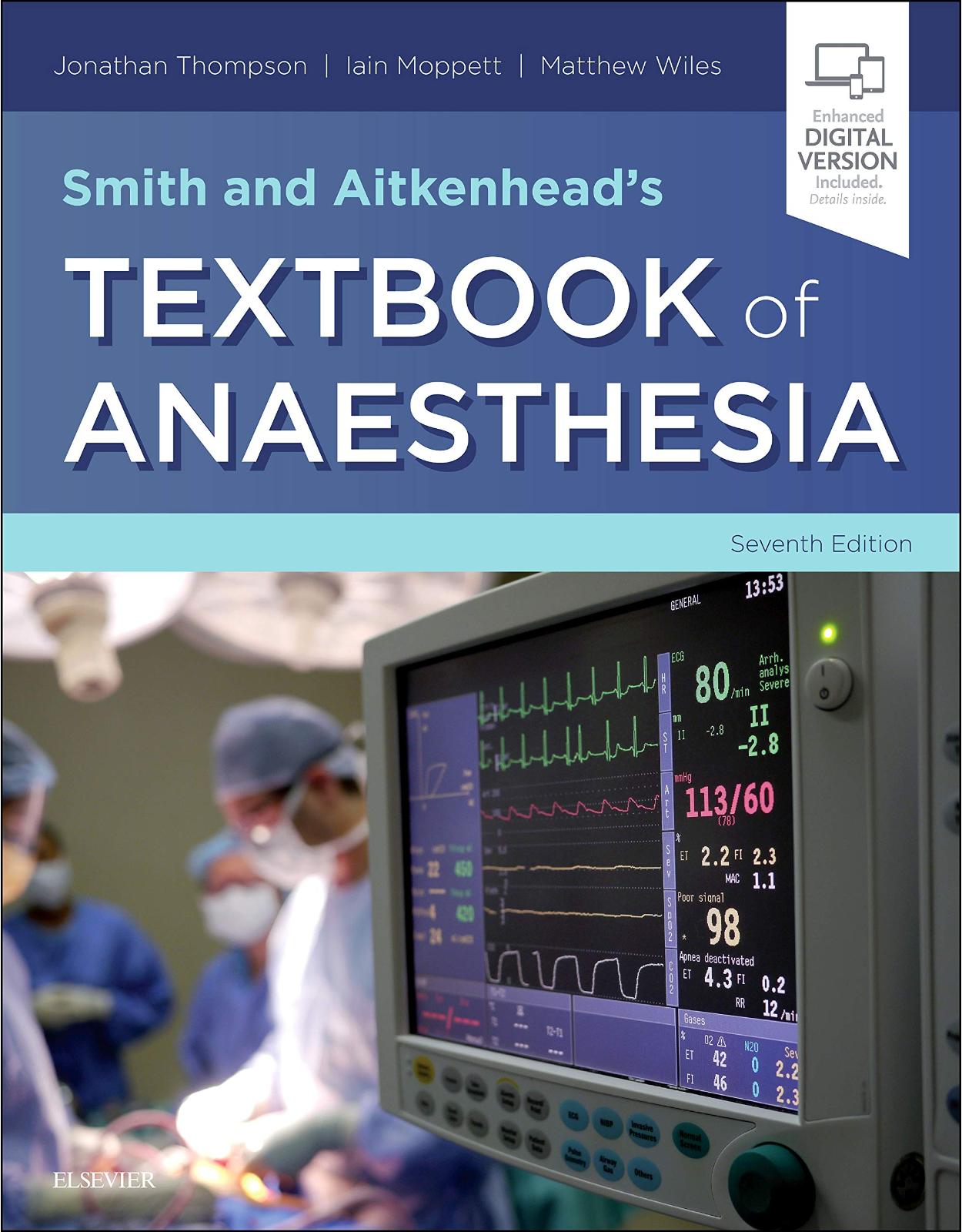
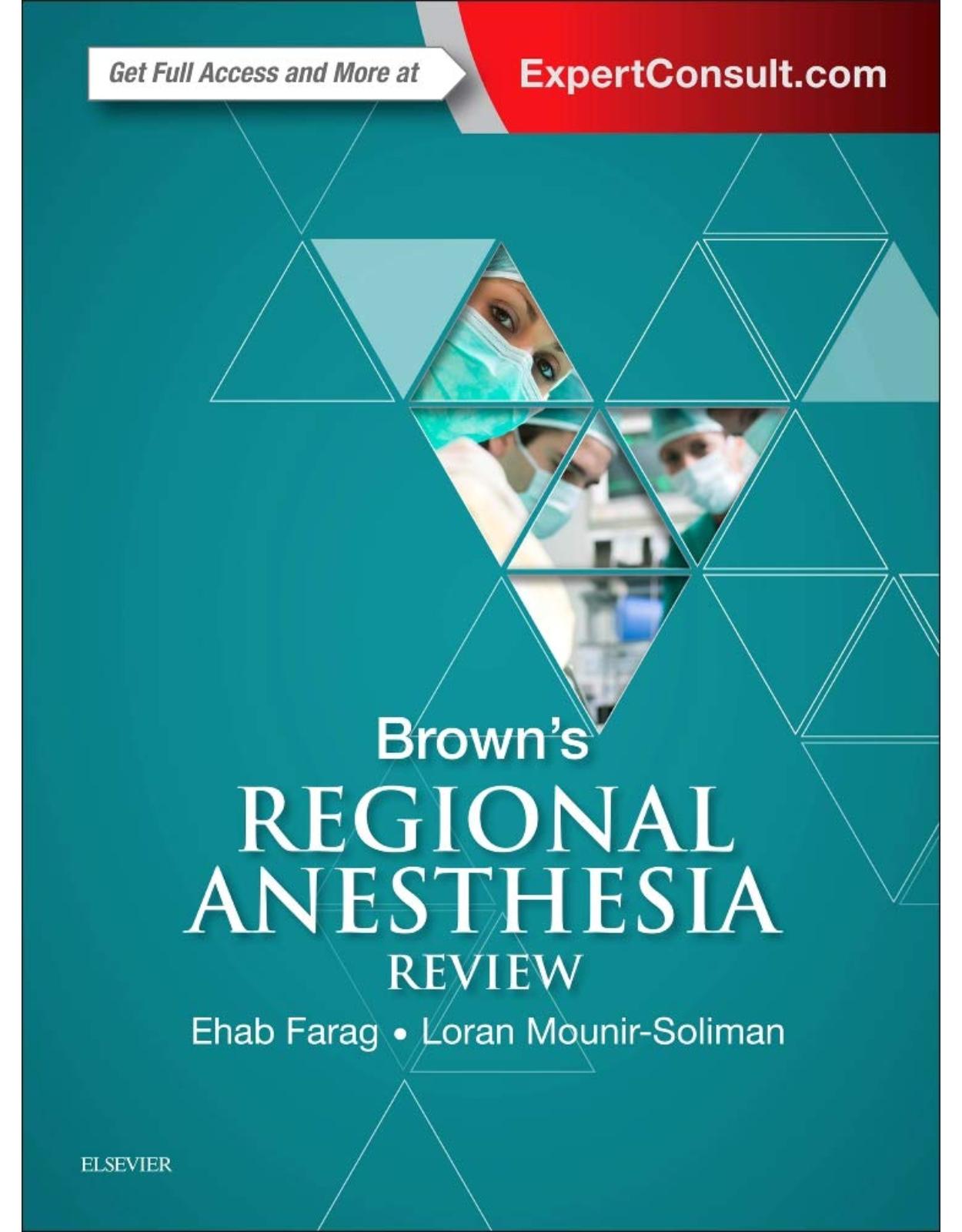
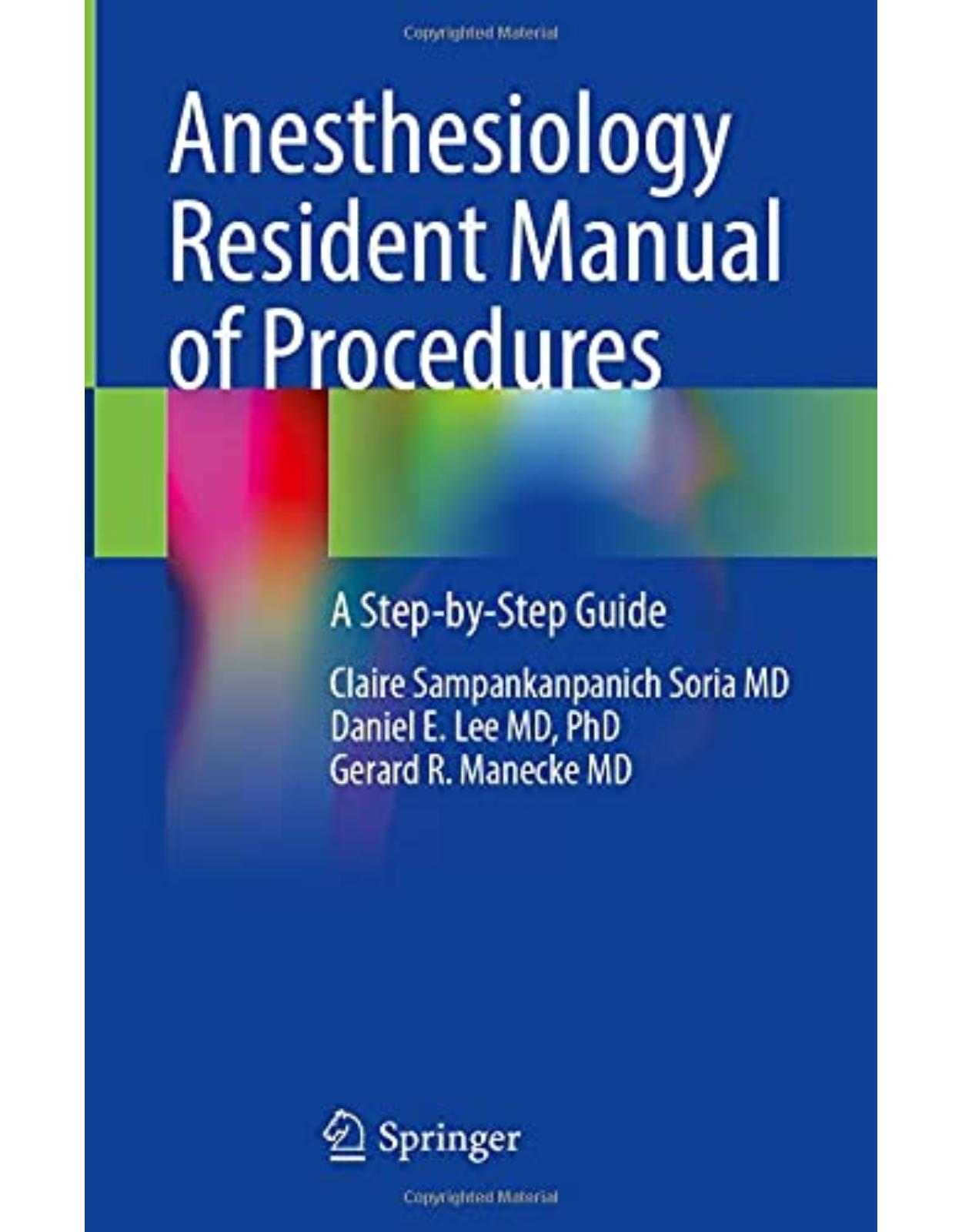
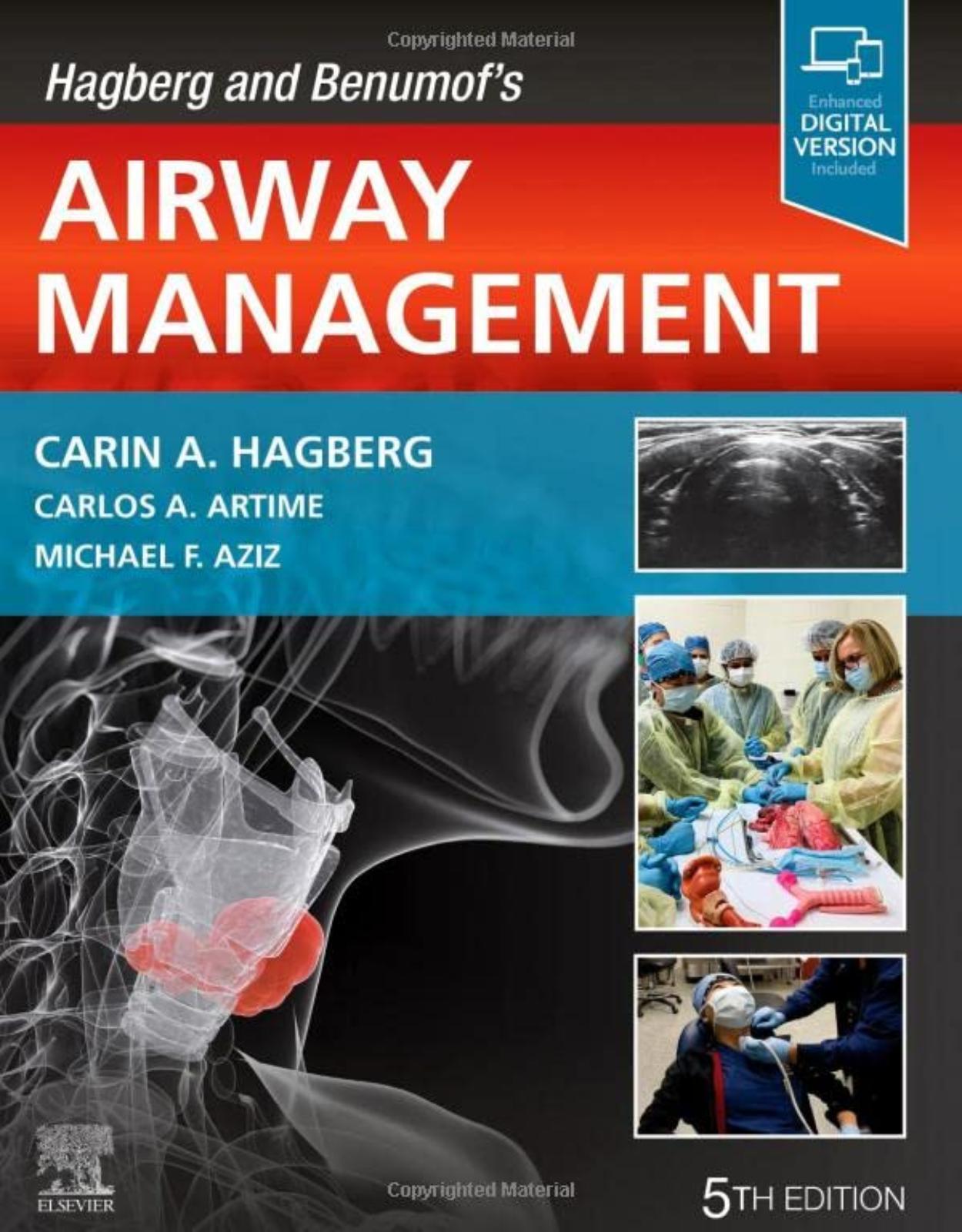
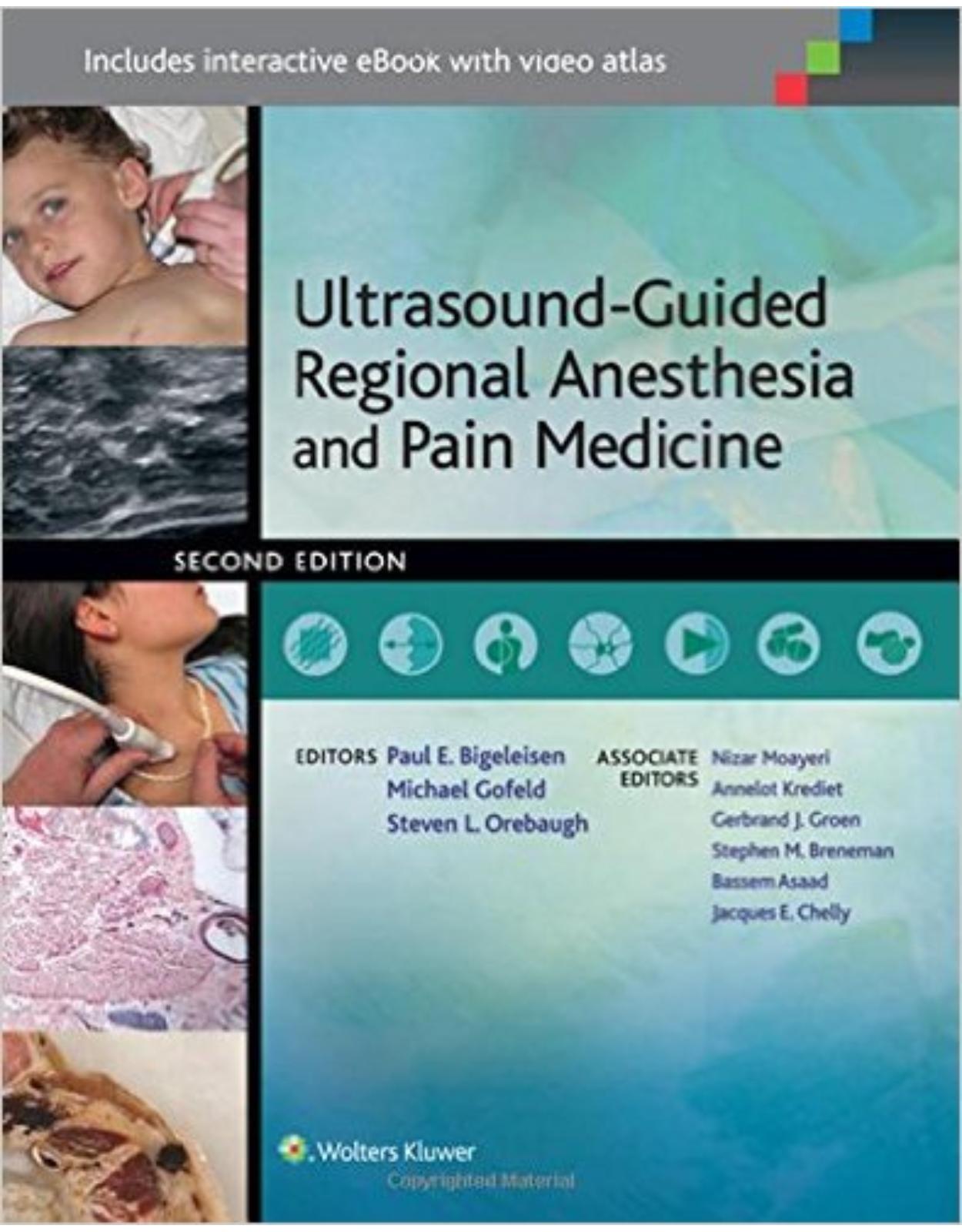
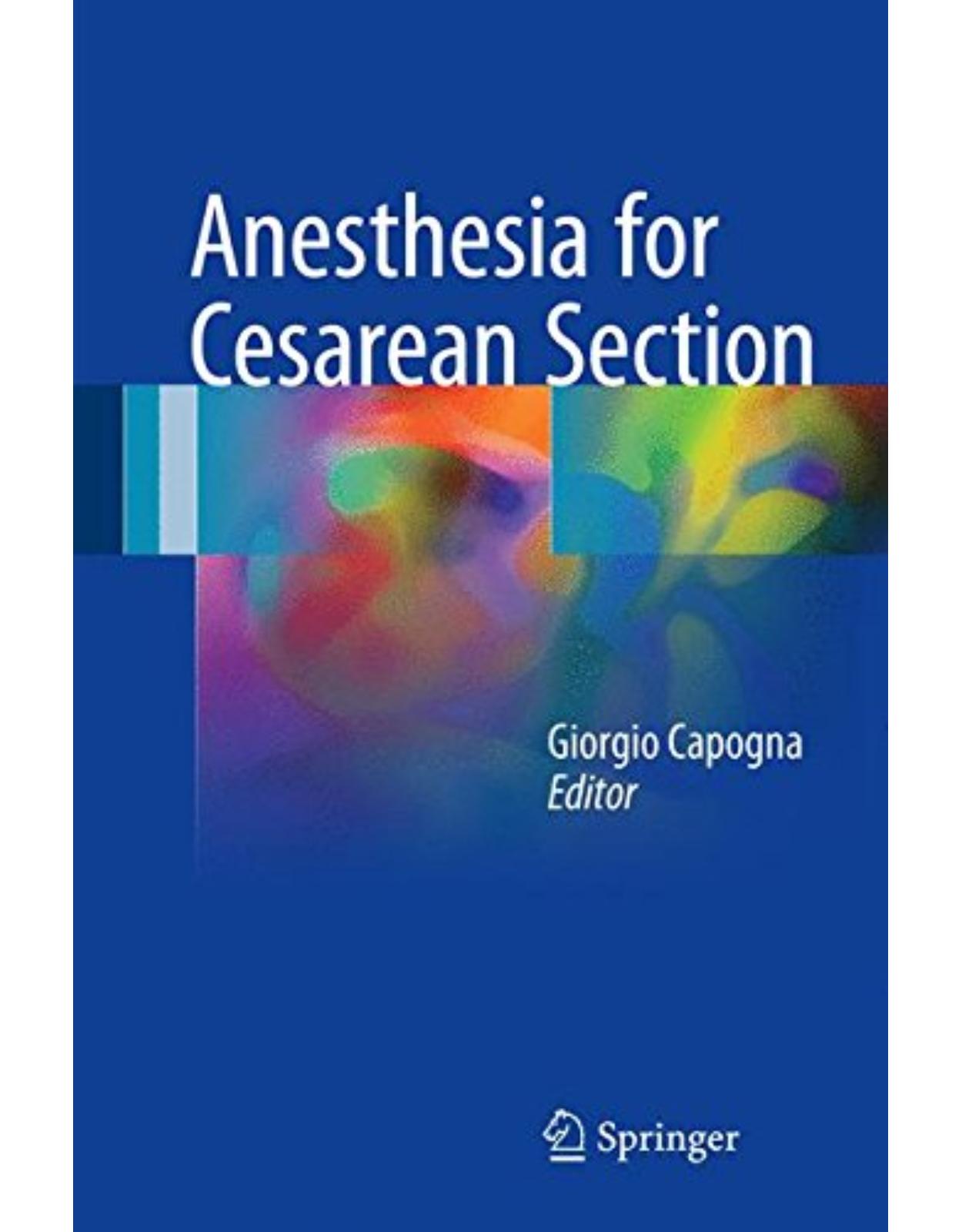
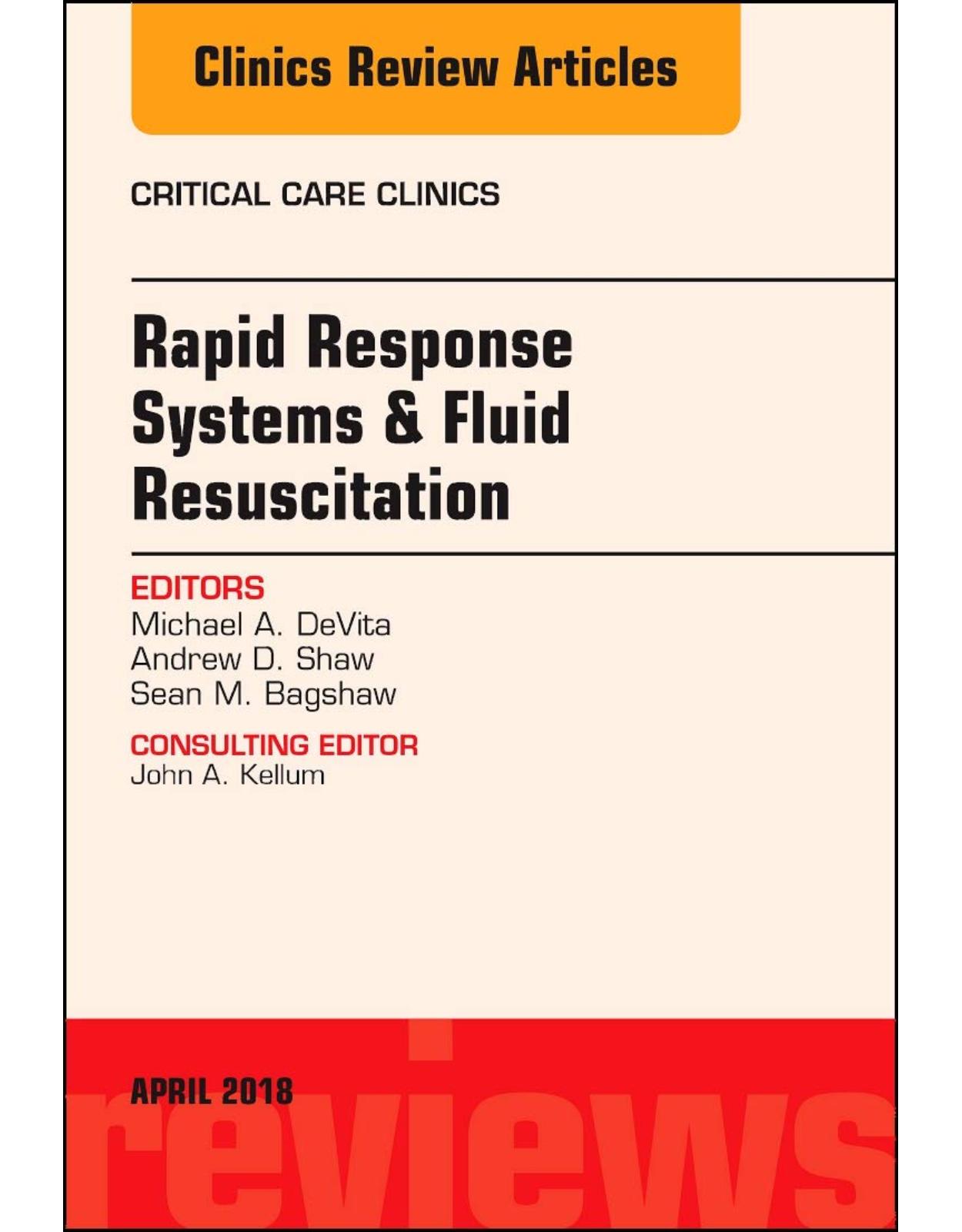
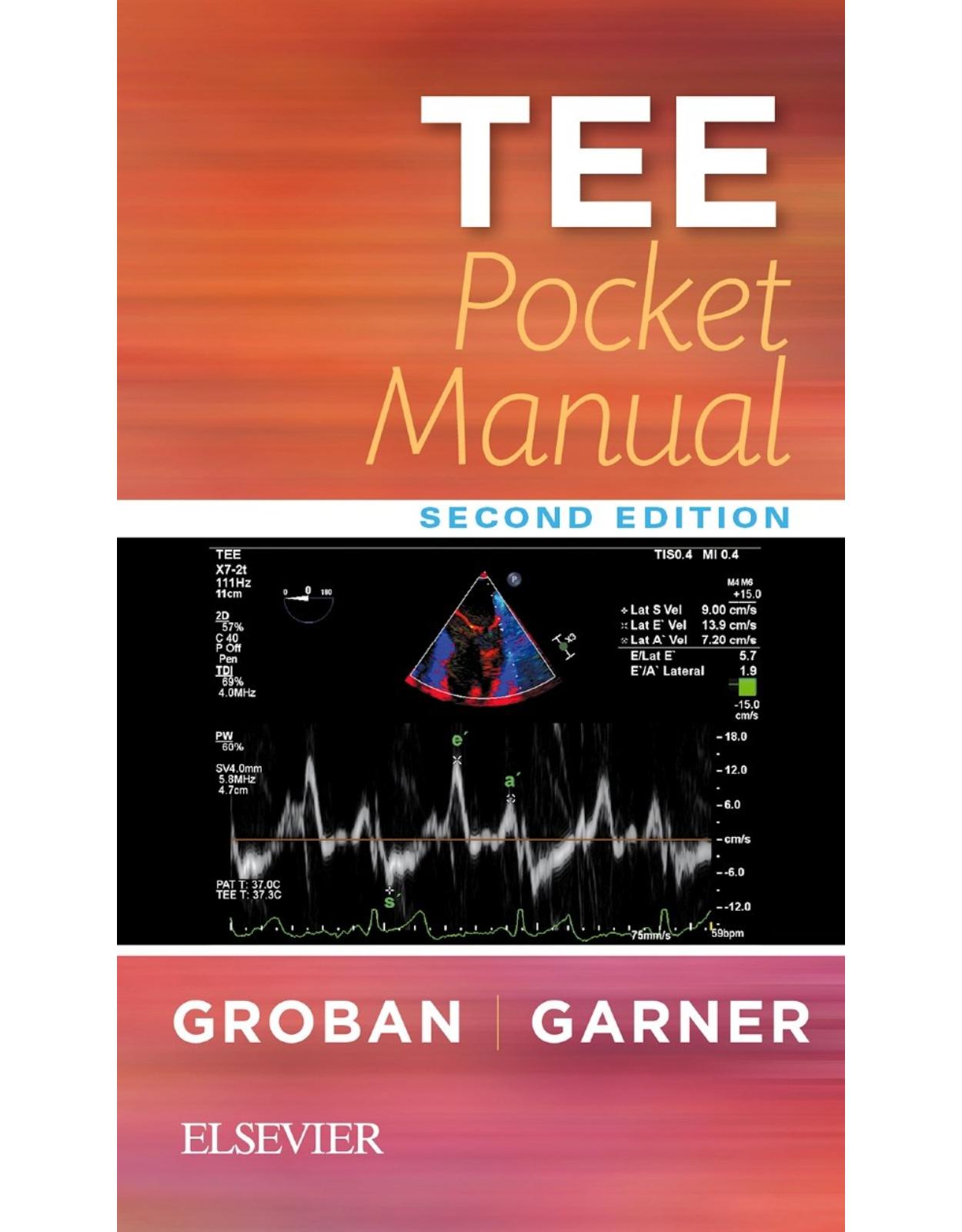
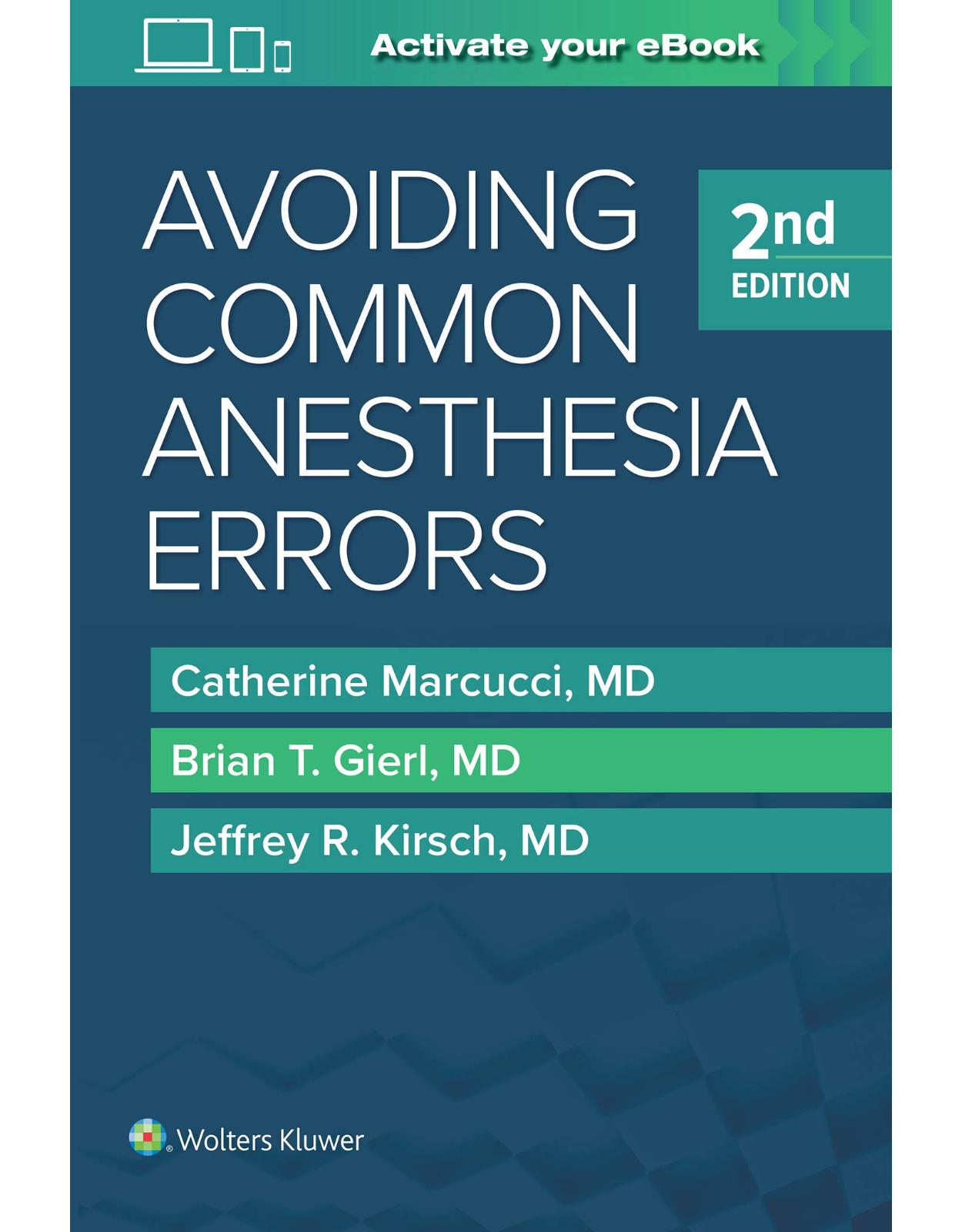
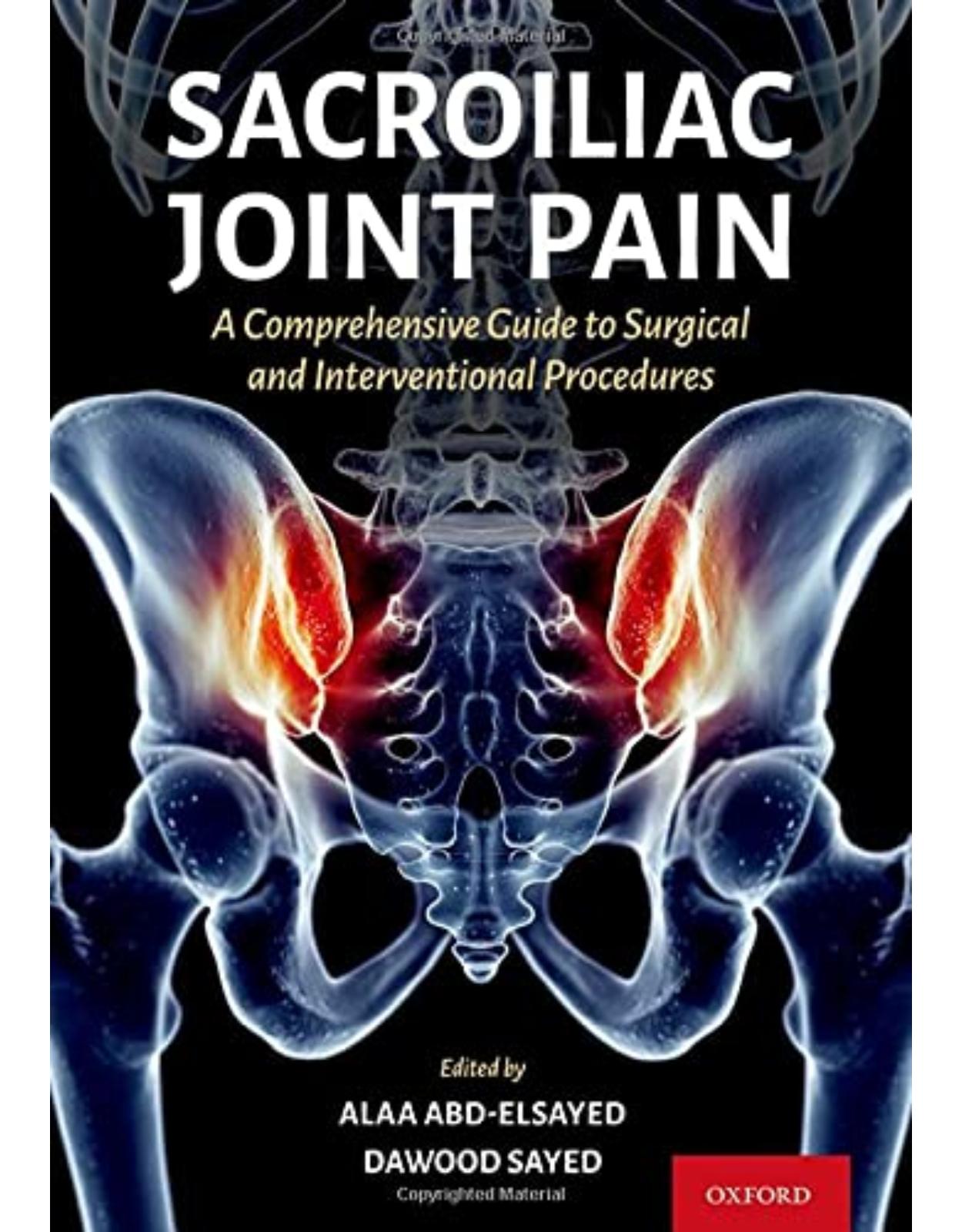
Clientii ebookshop.ro nu au adaugat inca opinii pentru acest produs. Fii primul care adauga o parere, folosind formularul de mai jos.